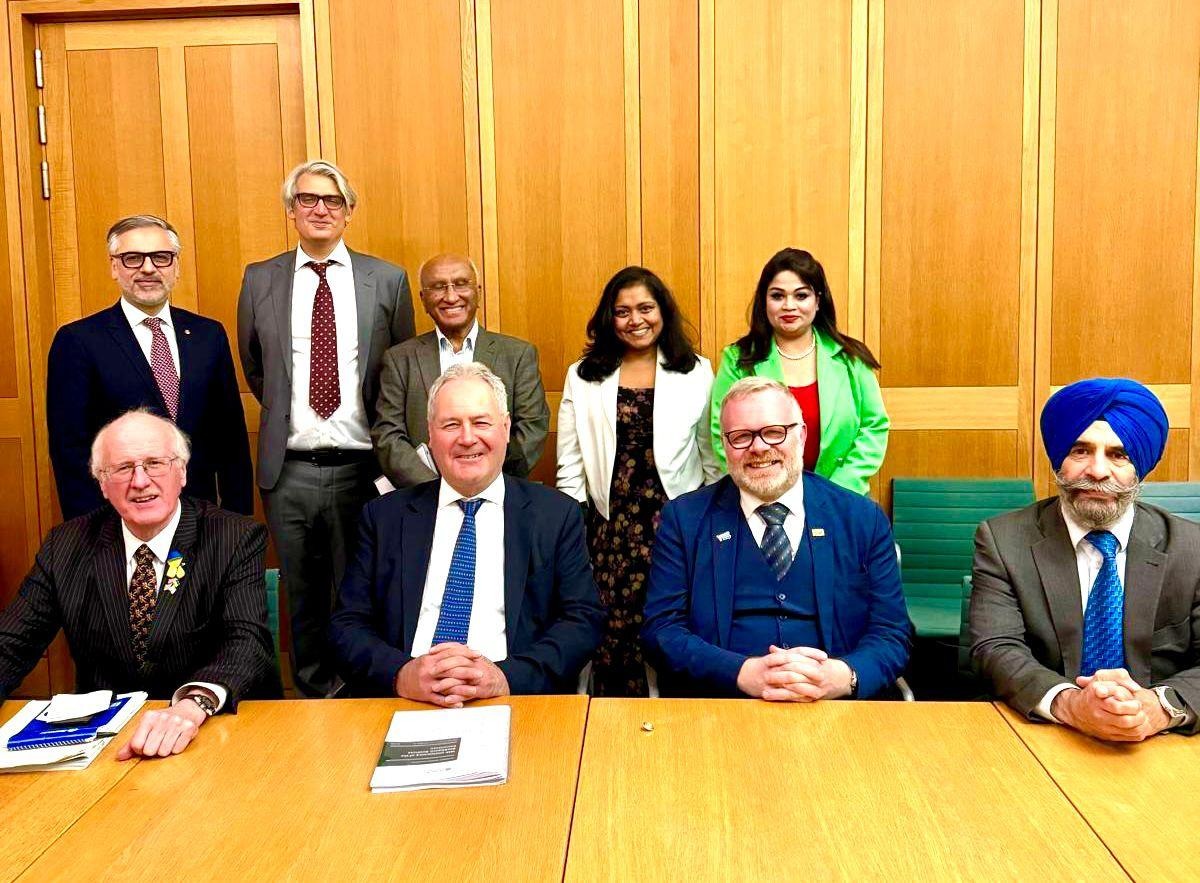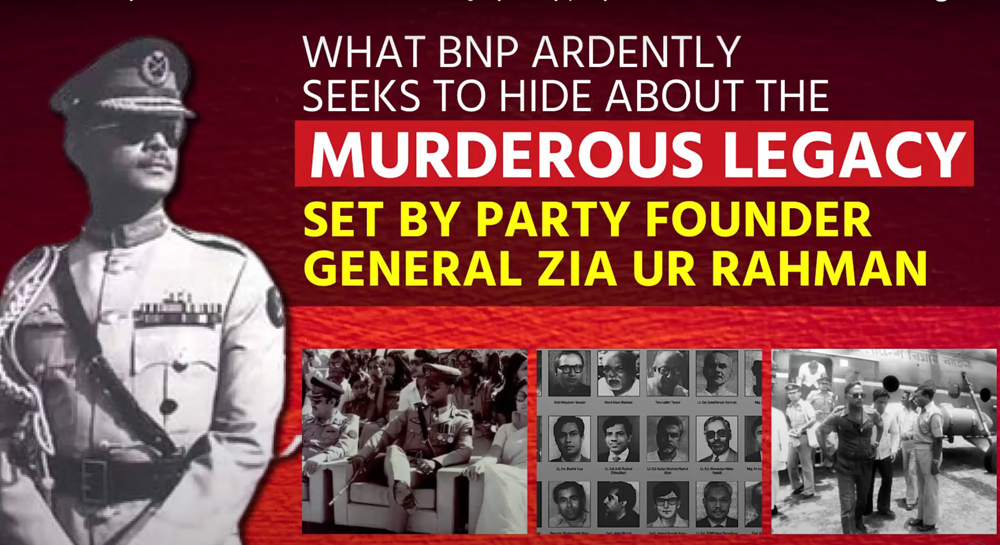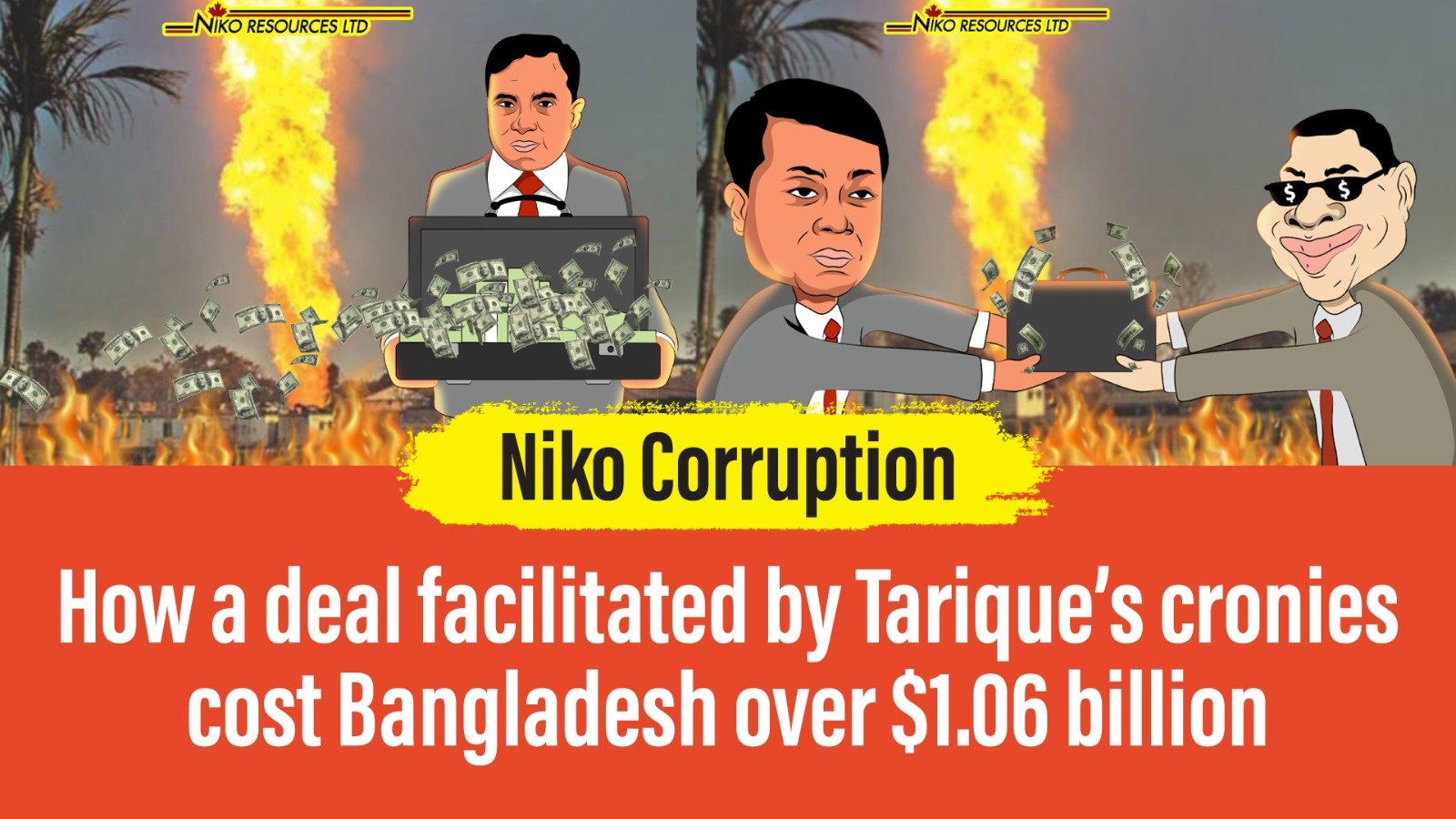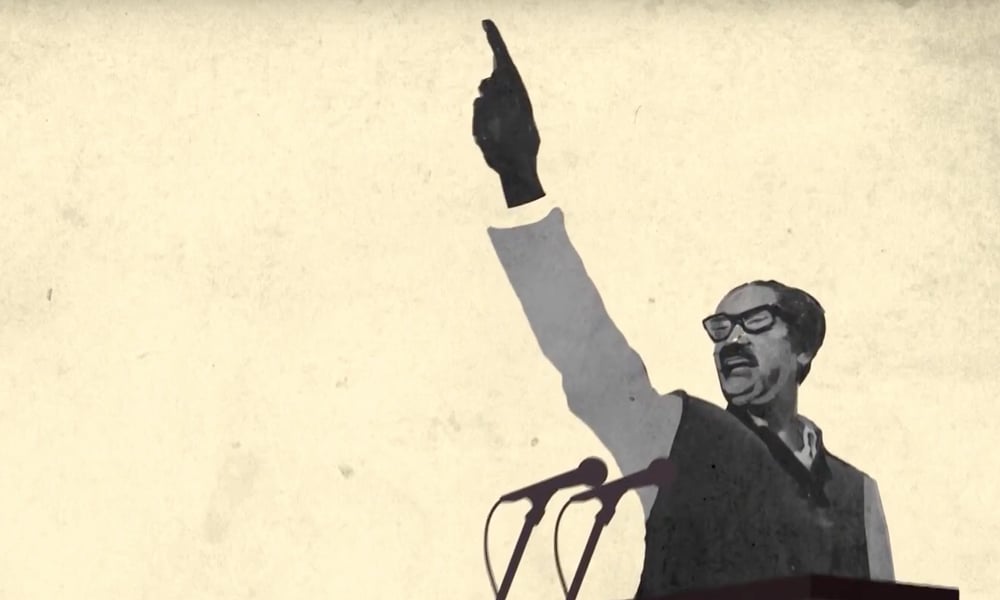3949
Published on November 8, 2021Syed Badrul Ahsan:
In a season of murder and mayhem, it was one more day for the country to go through infamy. On 7 November 1975 it was an ugly continuation of the cycle of assassinations, of the breakdown of rule of law Bangladesh was compelled to suffer through. Bangabandhu and his family had been silenced in August. In early November, his close associates in the making of national history were gunned down in the putative security of prison.
Early on 7 November, three of the most brilliant officers of the army and brave warriors in the War of Liberation only four years earlier lay dead, victims of foul conspiracy. In the assassination of Khaled Musharraf, Khondokar Najmul Huda and ATM Haider went up in smoke the hope of a restoration of sanity the nation had looked forward to only days earlier.
A recapitulation of the tragedy of 7 November predictably raises a good number of questions. How is it that Major General Khaled Musharraf, having taken over as the new chief of army staff, was unable to foresee the counter-coup that was being planned against him and his fellow officers? To this day there are persistent reports of the long hours he spent in negotiations at Bangabhaban even as Colonel Abu Taher and the Jatiyo Samajtantrik Dal remained busy giving final shape to the assault they meant to launch against him only hours later.
There is all the information that is available for researchers to work on. Col Shafaat Jamil, whose 46 Brigade had without his knowledge been a participant in the coup on 15 August, was in desperate need for Musharraf to move out of Bangabhaban and tackle the disaster which lay ahead. Musharraf had meanwhile supervised the easing out of the usurper Khondokar Moshtaq Ahmed from the presidency on 6 November, replacing him with the Chief Justice of the Supreme Court, Abu Sadat Mohammad Sayem.
In the cantonment, soldiers indoctrinated by Taher and the JSD were busy distributing leaflets against Musharraf and his fellow officers, to the extent of vilifying them as Indo-Soviet agents. Perhaps it was a supremely confident Musharraf who believed that he had taken Bangladesh back on to the road of civilised order. It was confidence that would prove fatal and misplaced. Taher and his men would soon free Ziaur Rahman from home confinement. Taher's loyalists, already baying for blood, would within hours go hunting for officers to kill. Some of the best of army officers would be massacred in the aftermath of the fall of Khaled Musharraf.
There are other questions we have raised over the years, questions we raise today once again. When Musharraf, Huda and Haider took refuge at 10 Bengal at Sher-e-Banglanagar on the morning of 7 November, they were tired and defeated and doomed men. There have been reports that as these exhausted officers, their efforts at restoring rule of law in the country having failed, were being treated to breakfast at 10 Bengal, Taher and some of his associates briefly made an entry into the hall, watched them from a distance before walking away. Minutes later, a new group of soldiers barged into the place, used abusive language against the three officers before hauling them out of the hall. In the next few minutes, all three men were murdered.
Earlier, from 10 Bengal went a call to a freed Zia, purporting to let him know of the presence of Musharraf, Huda and Haider at its premises. One can only make conjectures about Zia's response. But the question that has never been answered to public satisfaction is one of who had ordered the killing of the three men. In her recollections of the tragedy, the widow of Colonel Huda notes that she asked Zia at a later stage why the three officers could not be saved. She did not get any response from Zia.
More than four decades on, the questions keep coming. How is it that even though Musharraf, at the time of his takeover, had confined Zia to his official residence, he did not place any restrictions on Zia's contacts with the outside world? The mystery only deepens. Zia made telephonic contact with Taher, which is again a revelation. Why was the telephone link yet working, if indeed it was working? And why was Musharraf not aware of or responsive to the machinations of his enemies?
There are the thousand and one questions which we seek to find answers to every time we go into ruminations on the tragedy which engulfed the country on 7 November 1975. One crucial question relates to Khaled Musharraf's failure to take action against Bangabandhu's assassins early on 15 August when perhaps he could have been decisive. He waited nearly three months before moving against the assassin-majors and colonels. Was his move on 3 November aimed at a restoration of constitutional government or merely an attempt to restore the chain of command in the army?
The questions keep piling up. At the moment of taking charge of the army, did Musharraf know that Syed Nazrul Islam, Tajuddin Ahmad, M. Mansoor Ali and A.H.M. Quamruzzaman had been murdered in Dhaka central jail? Again, as he moved to divest Moshtaq of power, why did he let the assassins, along with their families, fly off to Bangkok? Musharraf had the perfect opportunity to bring the killers of the Father of the Nation and the four national leaders into the dragnet, but he did not do that. What were the compulsions which led to the murderers going free? Musharraf, promoted from the rank of brigadier to major general, was in office as chief of staff for the four days between 3 and 7 November. But that reality is not in the official record. What is there is a blank, a fact that does not help in the formulation of historical research. It is a gap that needs filling in.
Add to all these queries a most critical one. Who ordered the physical elimination of Musharraf, Huda and Haider? More to the point, why has no inquiry been instituted in these past forty-six years into their killings? The chances are that at least some of the men behind the tragedy are yet around, along with the gun-toting individuals who gunned down these three freedom fighters. The country needs a closure on the issue of who did what on 7 November 1975 and that is possible only through facilitating a process of a meaningful judicial investigation into the tragedy.
There is more that needs to be done. Beginning at dawn on 7 November, scores of officers in the army were killed by men loyal to Taher in a bloodbath reminiscent of the killings which paralysed Indonesia in 1965. The identities of these murdered officers and everyone else done to death on 7 November require to be revealed before the nation. Truth buried, in the interest of history, cannot but be exhumed.
The happenings of 7 November 1975 were but the beginning of a horror story that would take increasingly depressing turns in the years which followed. They were effectively the inauguration of a phase in which officers and general soldiers who had waged war in 1971 as part of the Mukti Bahini were systematically removed from the scene.
The assassination of General Ziaur Rahman in May 1981, the extra-judicial killing of General M.A. Manzoor in June 1981 and the execution of twelve officers (a thirteenth one mounted the gallows later) in September 1981 in the aftermath of the Zia assassination compounded the darkness which was to come over the land.
Khaled Musharraf was to all intents and purposes the most brilliant of Bengali military officers to inspire the guerrillas of the Mukti Bahini in 1971. Najmul Huda and ATM Haider, equally driven by supreme patriotism, are emblematic of the heroic which underscored the national struggle for liberty.
It is time for their reputations to be officially acknowledged, for their role in early November 1975 in freeing the country of Moshtaq and his goon squad to be formally recognised in the history texts our children study in school.
That is the least this nation, as it struggles to reclaim its lost values in this fiftieth year of liberty, can do for these three men, indeed for every freedom fighter officer who lost his life at the hands of elements intent on undermining Bangladesh's ethos and thwarting its march into the future.
Writer: Political and History Analyst
Courtesy: The Business Standard
(The views, information, or opinions expressed in the content above belong doesn't necessarily represent the Editorial panel of Bangladesh Awami League's official website or the Party itself)














